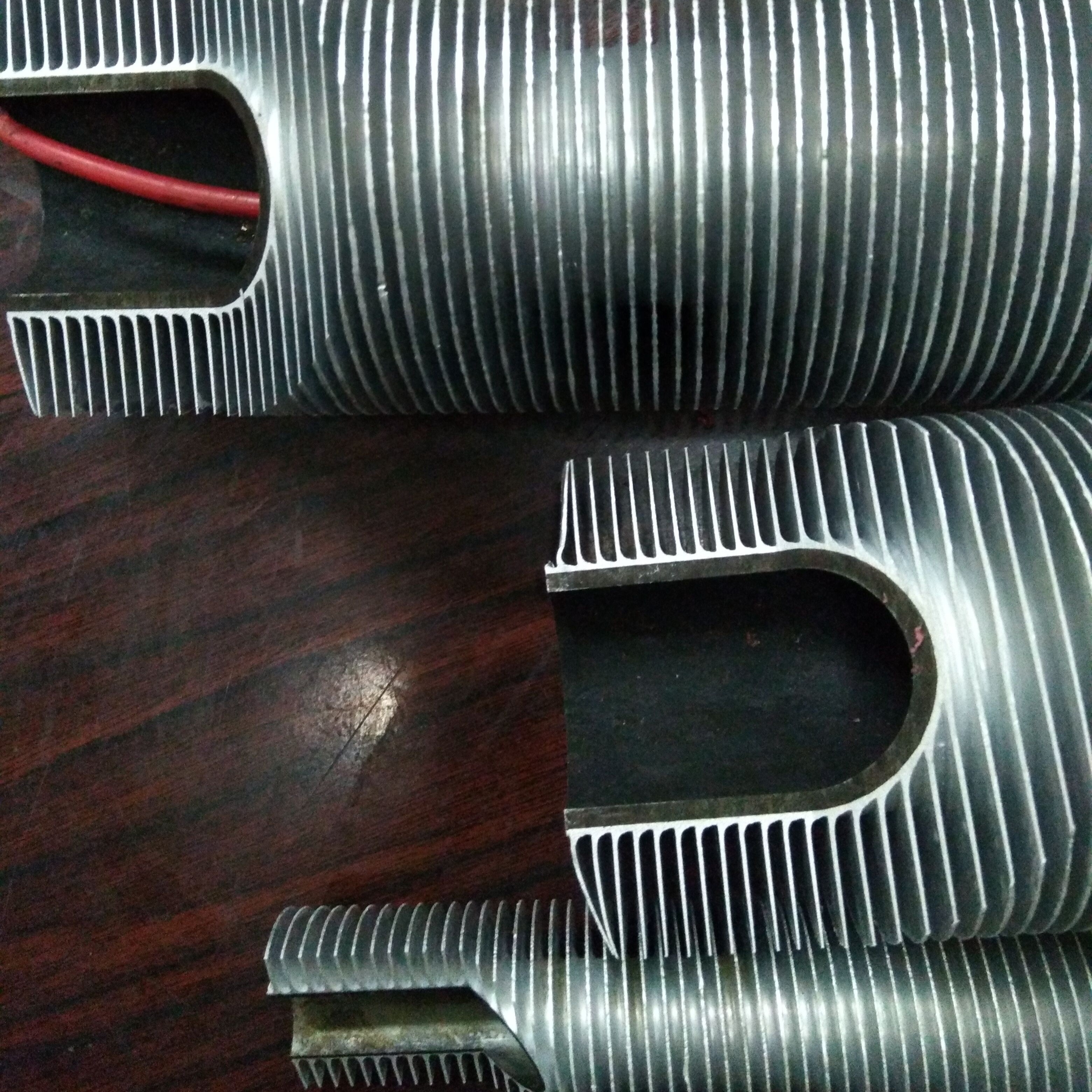Spiral Fin Tube Heat Exchangers: Maximizing Efficiency in Modern Industry
Heat exchangers are the backbone of industrial thermal management. Among them, spiral fin tube heat exchangers stand out for their unmatched ability to transfer heat efficiently in compact spaces. In this guide, we’ll explore how these innovative devices work, their advantages over traditional designs, and why industries worldwide are adopting them to cut costs and boost sustainability.
What Makes Spiral Fin Tube Heat Exchangers Unique?
Unlike conventional smooth-tube designs, spiral fin tube heat exchangers feature helical fins welded or extruded onto the tube’s exterior. This simple yet revolutionary design offers three critical advantages:
-
Expanded Surface Area: The spiral fins increase contact area by up to 300% vs. bare tubes, accelerating heat transfer.
-
Turbulence Enhancement: The helical shape disrupts laminar flow, forcing fluids to mix and improving thermal exchange.
-
Space Optimization: Achieve higher performance in 40% less space compared to shell-and-tube models.
5 Key Benefits Driving Industry Adoption
1. Unmatched Thermal Efficiency
Spiral fin designs achieve 20-35% higher heat transfer rates than traditional exchangers, slashing energy consumption in processes like:
-
Gas turbine cooling
-
Waste heat recovery
-
Refrigeration cycle optimization
2. Compact Footprint, Heavy-Duty Performance
A 2023 study by Thermal Engineering Journal found spiral fin units deliver equivalent performance to shell-and-tube models in 60% less space – ideal for retrofitting aging plants.
3. Corrosion Resistance for Harsh Environments
Manufactured from stainless steel, Inconel®, or titanium, these exchangers withstand:
-
Chemical processing (pH 2-12)
-
Marine/salty atmospheres
-
High-temperature flue gases (up to 650°C)
4. Lower Maintenance Costs
The self-cleaning fin design reduces fouling by 50% compared to flat-fin alternatives, cutting downtime in oil refineries and power plants.
5. Energy Savings = Faster ROI
A Gulf Coast petrochemical plant reported $2.8M annual savings after switching to spiral fin exchangers, with payback in under 18 months.
Real-World Applications Across Industries
| Industry | Use Case | Performance Gains |
|---|---|---|
| Oil & Gas | Crude oil cooling | 28% reduced pumping costs |
| Power Gen | Condenser optimization | 15% lower water usage |
| HVAC | Data center cooling | 22% energy savings (ASHRAE data) |
| Chemicals | Acid vapor condensation | 40% longer service life |
Case Study Highlight:
A Saudi Arabian refinery replaced 12 shell-and-tube units with spiral fin heat exchangers, achieving:
-
25% better heat recovery
-
$1.2M/year energy cost reduction
-
30% smaller installation footprint
Future Trends: Smart & Sustainable Designs
The next generation of spiral fin tube heat exchangers integrates:
-
IoT Sensors: Real-time monitoring of fouling and efficiency
-
Additive Manufacturing: Custom fin geometries for niche applications
-
Nano-Coatings: Graphene-enhanced surfaces for 50% better corrosion resistance
Global Market Insight projects a 6.8% CAGR for spiral fin exchangers through 2030, driven by decarbonization mandates.
Optimizing Your System with Spiral Fin Technology
4 Steps to Successful Implementation:
-
Audit Existing Systems: Identify high-energy zones using thermal imaging.
-
Simulate Performance: Use ANSYS or SolidWorks Flow Simulation to model gains.
-
Material Selection: Match alloys to operational stressors (temperature, pH, pressure).
-
Lifecycle Cost Analysis: Factor in energy savings, maintenance, and disposal.
Q: How long do spiral fin tube heat exchangers last?
A: Properly maintained units typically operate 15-25 years in corrosive environments.
Q: Can they handle high-pressure steam?
A: Yes – ASME-certified designs support pressures up to 3,000 psi.
Q: Are retrofit installations complex?
A: Most plants complete swaps in 3-5 days using modular connection systems.
Why Spiral Fin Tech Wins
For engineers prioritizing energy efficiency, space savings, and low lifecycle costs, spiral fin tube heat exchangers deliver measurable ROI. As industries face tighter emissions regulations, this technology provides a proven path to greener operations without sacrificing performance.
Ready to Upgrade?
[Contact Our Thermal Experts] for a free system analysis and savings projection.


